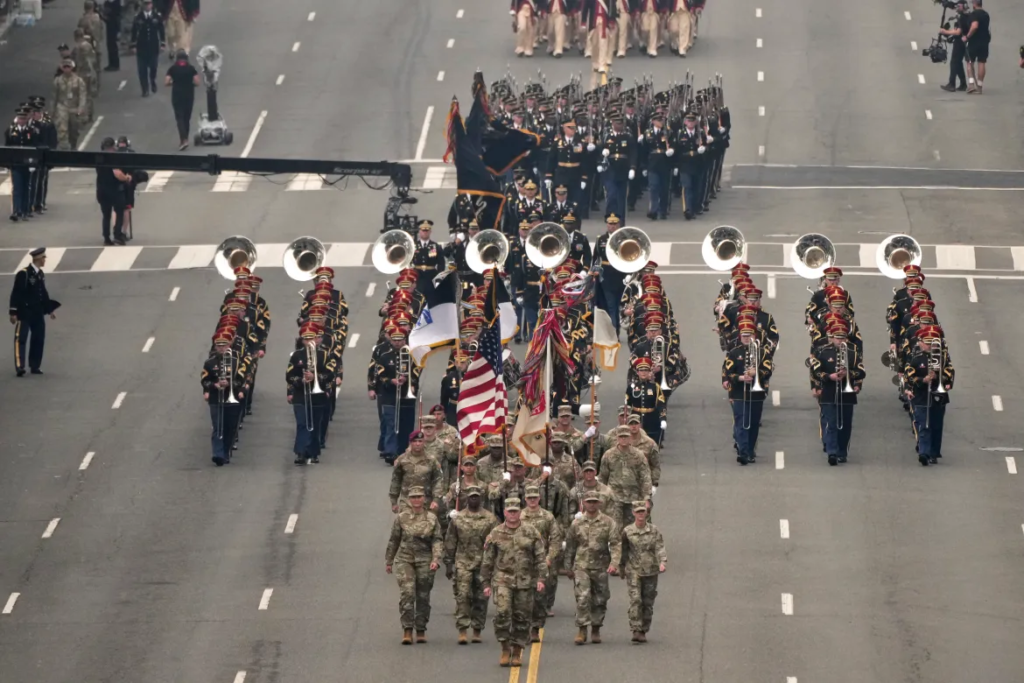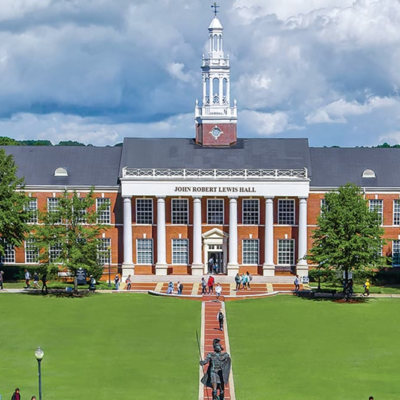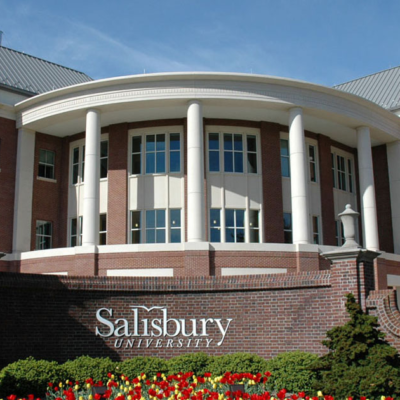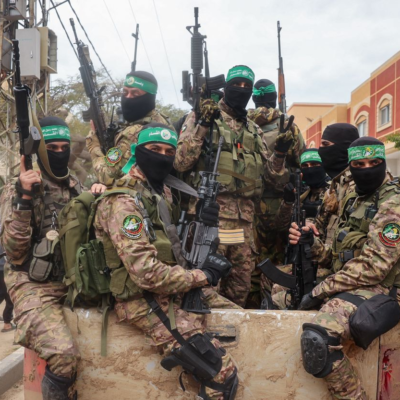Washington, D.C. — June 14, 2025: The United States Army celebrated its 250th anniversary with a grand military parade in Washington, D.C. on Friday, June 14. The event drew nationwide attention not just for its scale but also for its timing—it coincided with former President Donald Trump’s 79th birthday.
The parade included more than 6,600 active-duty soldiers, military bands, historical reenactments, and modern military hardware, marching along Pennsylvania Avenue to honor the Army’s founding in 1775. The total cost of the parade is estimated to be between $25 million and $45 million, making it one of the most expensive ceremonial displays in the history of the U.S. Army.
Thousands Watch as America’s Military History Comes to Life
Crowds packed the sidewalks of downtown Washington, D.C., to watch the massive show of military force and history. Army units from across the country participated, along with field bands, reenactors in historic uniforms, armored vehicles, and aerial flyovers by helicopters and drones. Spectators cheered as soldiers passed in formation.

The goal, according to Army leadership, was to honor the past, present, and future of the nation’s oldest military branch. “This is not just a look back at where we’ve been, but a proud look forward,” said General Randy George, the Army’s Chief of Staff. “We are celebrating our soldiers, our history, and our continued mission to protect the United States.”
Parade Cost Sparks National Debate Over Military Spending
While the event received praise from many for its patriotic spirit, its price tag caused significant debate. With costs ranging from $25 million to $45 million, several groups, including budget watchdogs and veterans’ organizations, questioned whether the money could have been better spent. Suggestions included improving military housing, investing in veteran healthcare, or upgrading essential training programs.
The Department of Defense responded by saying the parade was a unique, historic moment that deserved national recognition. A full report on the financial impact is expected from the Congressional Budget Office later this month. For previous cost comparisons of military events, visit U.S. Government Accountability Office reports.
Political Undertones Add Heat to an Already Hot June Day
The parade’s timing—on Donald Trump’s 79th birthday—added fuel to political conversations. While the event was not officially connected to Trump, many of his supporters attended and turned the celebration into a partial political rally. Trump himself posted on Truth Social, calling the event “a beautiful show of strength and love for America.” Several lawmakers close to Trump praised the parade, saying it reminded people of American greatness.
Critics argued that using a military event for political celebration is inappropriate. “This felt more like a campaign event in uniform,” said Rep. Jamie Raskin (D-MD). The event highlighted ongoing concerns about mixing military events with political figures, especially during an election season.
U.S. Military Parades Are Rare but Symbolic
Unlike France’s annual Bastille Day parade or Russia’s Victory Day displays, the United States rarely hosts large-scale military parades. The last comparable event was in 1991 after the Gulf War. While Trump called for a grand parade during his presidency in 2018, it was canceled due to high cost and public criticism.

This 250th-anniversary parade was historic in nature, and military analysts are divided on whether it marks the beginning of a new trend or will remain a one-time occurrence. To explore the history of American military parades, visit the Smithsonian Institution’s military history archives.
Recruitment Campaign Launched Alongside Parade
The Army also used the event as an opportunity to promote enlistment. With recruitment numbers lower than expected in recent years, officials launched a new campaign titled “250 Years Strong — Be the Future.” Booths were set up around the National Mall, and a series of advertisements featuring young soldiers and real Army missions aired nationwide.
Army spokesperson Lt. Col. Erica Hughes confirmed that interest in Army careers spiked in the days following the parade. “It was a morale booster and a recruitment driver,” she said. To learn more about Army careers, visit www.goarmy.com.
A Mix of Pride, Politics, and Public Scrutiny
The U.S. Army’s 250th anniversary parade was a powerful display of national pride, history, and military strength. But it also stirred discussion around military spending, political messaging, and the use of public events for personal branding. As America looks ahead to its next chapter, the parade raised important questions about how the military should engage with the public and how national celebrations should be conducted in a deeply divided political climate. For future updates on U.S. defense events and policy, visit Defense.gov.
Also Read – US-Iran Tensions Rise as Trump Delivers Fierce Warning






